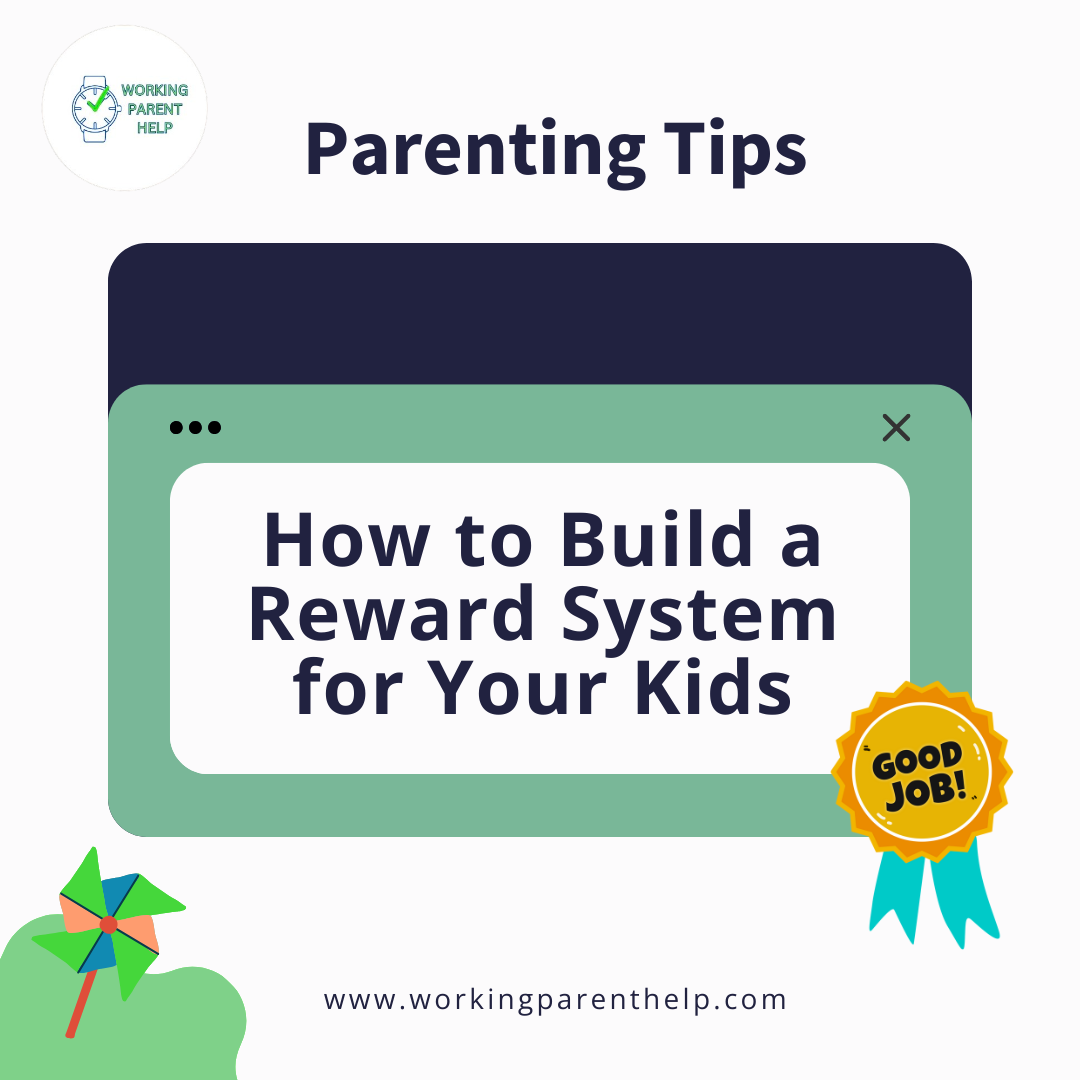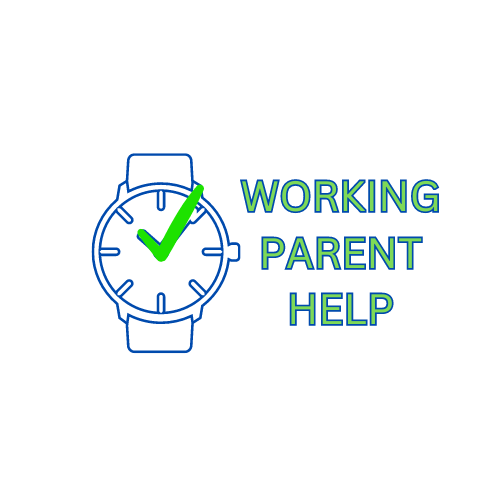
How to Build a Reward System for Your Kids
Let’s be honest: parenting sometimes feels like running a circus where you’re both the ringmaster and the exhausted janitor. Between managing meltdowns, negotiating screen time, and convincing your child that broccoli isn’t toxic, you deserve a gold medal.
But here’s the good news: a reward system can actually make life smoother, happier, and (dare we say it) more productive for both you and your kids. Think of it as your secret parenting sidekick—the Robin to your Batman, the sprinkles on your parenting sundae.
So grab your stickers, high-fives, and maybe some chocolate (for you, not just the kids), and let’s dive into how to build a reward system that actually works.
1. Set Clear Goals and Expectations
Before you start handing out rewards like Oprah (“You get a toy! You get a toy!”), you’ve got to set the rules of the game. Kids thrive on structure, so make it clear what behaviors you want to see.
Examples:
-
Cleaning up toys after playtime
-
Brushing teeth without a meltdown
-
Finishing homework before Roblox
-
Using kind words with siblings (miracles can happen)
Pro tip: Be specific. Instead of saying “Be good,” try:
“Put your dirty clothes in the laundry basket before bedtime.”
This way, your child knows exactly what earns the reward and won’t argue later about whether staring into space counted as “helping.”
2. Choose Meaningful Rewards
Rewards only work if they matter to your child. For some kids, a shiny star sticker is enough to light up their world. For others, you might need to step up your game.
Ideas for rewards:
-
Extra story at bedtime
-
Special snack or dessert
-
15 minutes of extra screen time
-
Picking the family movie
-
A playdate or outing with Mom/Dad
And yes, toys can work too—but remember, rewards don’t always have to cost money. Sometimes, the best reward is quality time or a simple privilege.
3. Use a Point System
Kids love seeing progress. A point system (or sticker chart, token jar, whatever you like) makes it easy for them to track their wins.
Here’s how:
-
Pick a method: chart on the fridge, marble jar, or even an app if you’re fancy.
-
Assign points for tasks: brushing teeth = 1 point, finishing homework = 2 points, going to bed without drama = 10 points (because wow).
-
Decide on exchange rates: 10 points = extra bedtime story, 20 points = a small toy, 50 points = a special outing.
This teaches your child delayed gratification (fancy term for “patience,” which kids are not naturally blessed with). It also helps them understand goal-setting—a skill they’ll carry into school, sports, and later in life.
4. Celebrate Small Wins
Potty training taught us one thing: even tiny victories deserve a standing ovation. The same goes for any reward system.
Don’t just wait for the big wins—celebrate the small ones too. Did your child put their shoes away without being asked? That’s progress. Did they share a toy with their sibling without World War III erupting? That’s HUGE.
Celebrating small wins keeps motivation high. Plus, it makes kids feel seen and valued. A high-five, a silly dance, or even a “Wow, I noticed that!” goes a long way.
5. Make It Fun and Personalized
The magic ingredient in any reward system? FUN.
If it feels like a chore, your kid will lose interest. But if it’s exciting and playful, they’ll jump on board.
Ways to personalize your reward system:
-
Let your child decorate their reward chart with stickers, drawings, or glitter (if you dare).
-
Name the reward jar something silly, like “The Awesome Bucket” or “The Treasure Chest.”
-
Change up the rewards every few weeks to keep things fresh.
Remember: the system should grow with your child. What works for a 4-year-old (stickers and gummy bears) won’t work for a 9-year-old (they’ll negotiate like lawyers). Keep evolving it as your child gets older.
Final Thoughts: Rewards > Bribes
Here’s the golden rule: rewards celebrate effort, bribes stop bad behavior. That’s the difference. A reward system isn’t about paying your kids to behave—it’s about teaching them how good behavior pays off in life.
